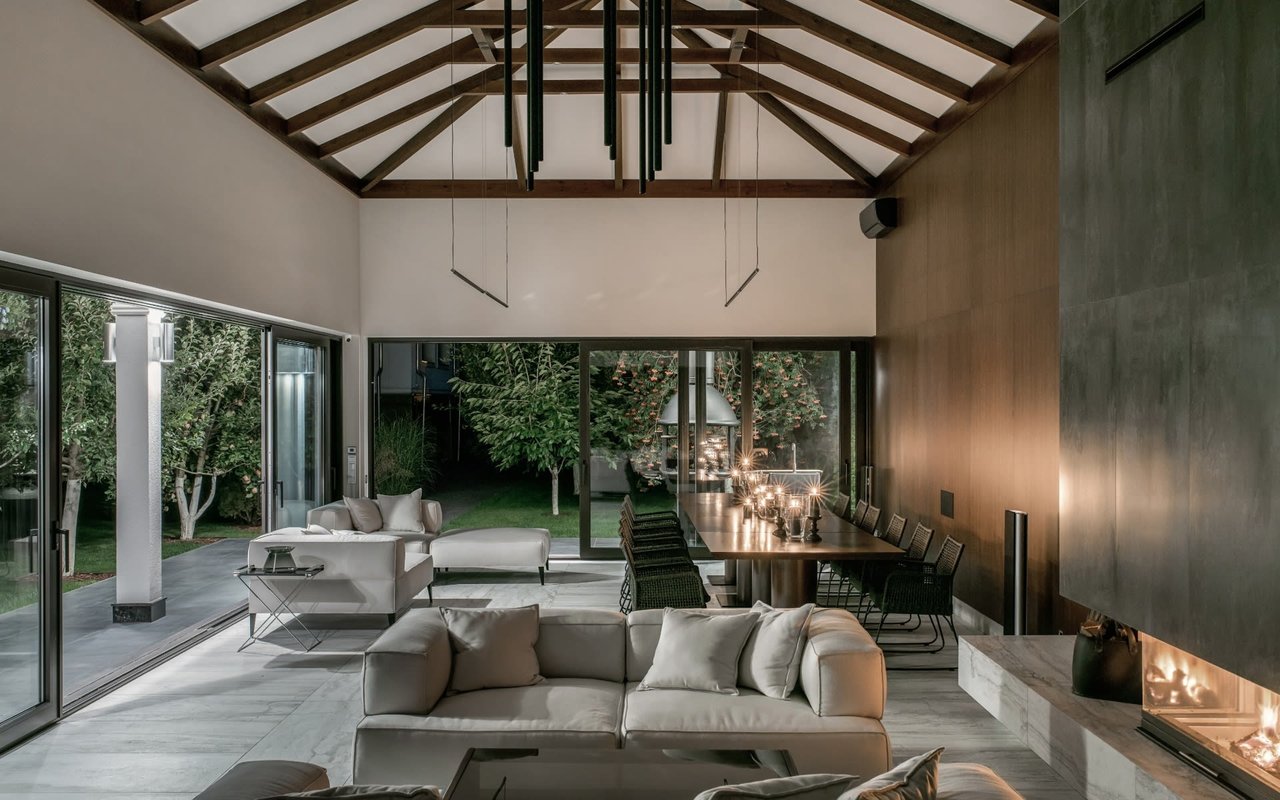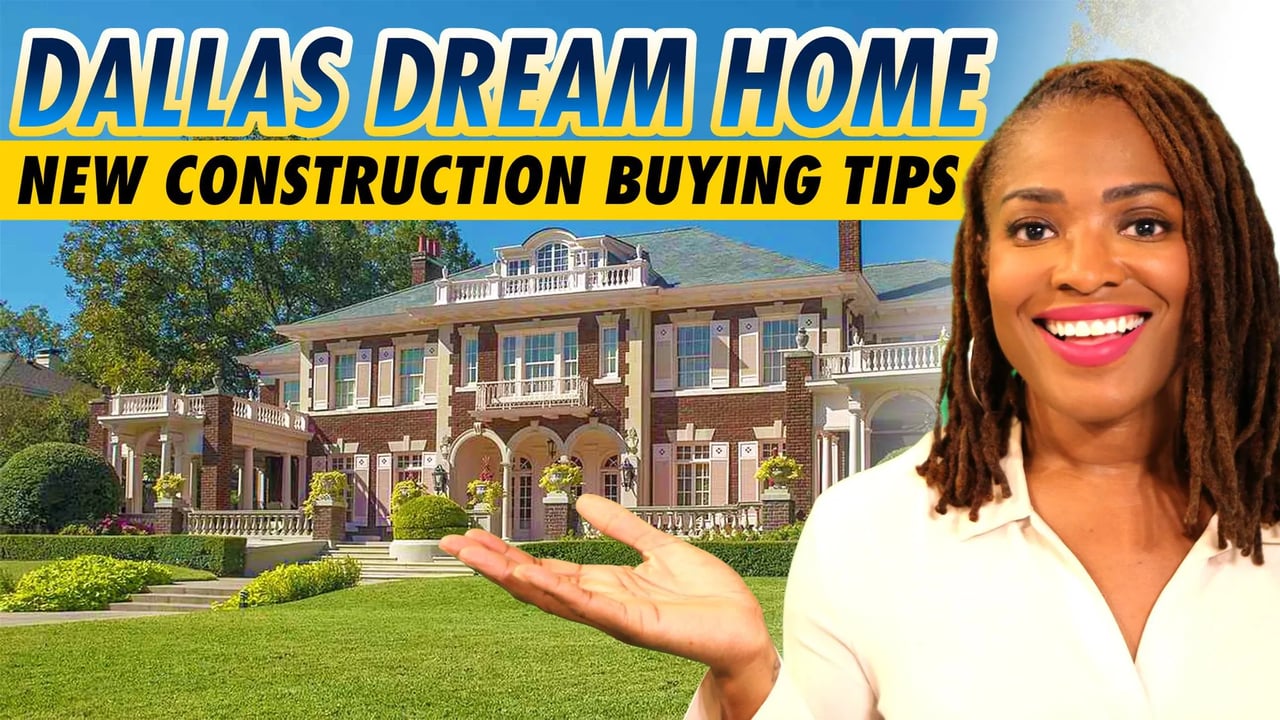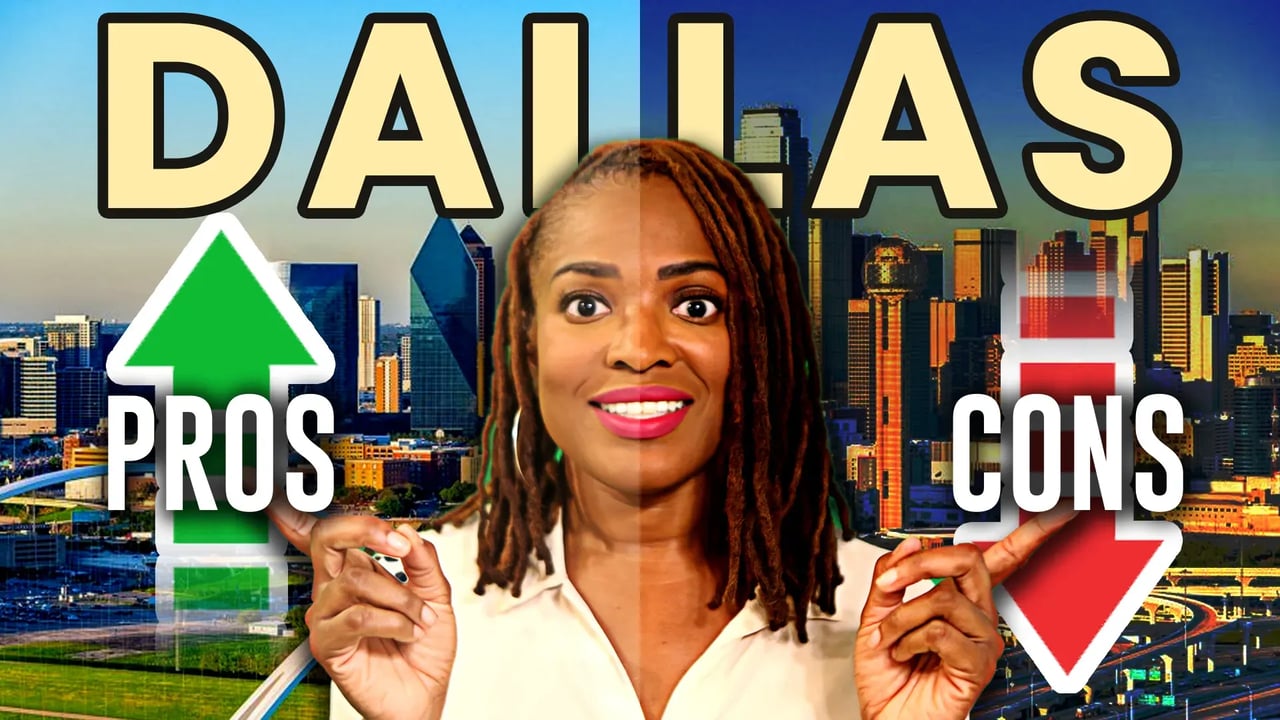Understanding the good, the bad, and the ugly when it comes to moving to your new home is important. That includes reasons why you may not want to consider living in a master-planned community. Below are a list of reasons why a master-planned community may not be a good fit for you.
- Lack of Customization: One noticeable drawback is the limited scope for personalization, especially concerning exterior designs. Master-planned communities often follow a standardized approach to home design, resulting in a uniform appearance throughout the neighborhood. While this uniformity may appeal to some, those seeking unique character in their homes may find this aspect a con.
- HOA Regulations: Master-planned communities frequently fall under the jurisdiction of a Homeowners Association (HOA), which can be a mixed bag. On the positive side, HOAs maintain the community’s appearance, but on the flip side, they may enforce stringent rules on home aesthetics. This includes regulations on paint colors, landscaping, and even restrictions on converting your home into an investment property. Prospective homeowners must carefully consider and weigh these regulations before making a purchase.
- Potential Lack of Privacy: The quest for maximizing the number of homes in a master-planned community often leads to smaller lots, reducing the distance between neighboring houses. This can result in a lack of privacy for residents. While some communities may have larger lots, it’s crucial to be mindful of the potential proximity to neighbors when considering a home purchase.
- Cost Considerations: Living in a master-planned community can come with additional costs. The most common is the HOA fee, which varies widely but can range from $300 to $2500 annually. Additionally, some communities may have a PID (Public Improvement District) or MUD (Municipal Utility District) tax. These are additional property taxes covering utilities, drainage, landscaping, and other community amenities. It’s vital to be aware of these potential costs and assess their impact on your budget.




